Automatic water pump controllers play a pivotal role in ensuring the efficient and automated operation of water pumping systems. However, like any mechanical or electrical device, these controllers are susceptible to failures that can impact the overall functionality of the pump. Recognizing the symptoms of failure, especially through indicators like warning lights, is crucial for timely intervention and maintenance.
What Causes Automatic Pump Control Failure?
Here are some common reasons for automatic pump control failure:
- Electrical Issues
- Power Supply Problems: Fluctuations or interruptions in the power supply can lead to pump control failure.
- Faulty Wiring: Damaged or improperly connected wiring can disrupt the control signals.
- Sensor Malfunctions
- Pressure Sensors: If pressure sensors are not functioning correctly, the control system may not receive accurate feedback, leading to incorrect pump control.
- Level Sensors: For systems involving liquid levels, malfunctioning level sensors can result in improper pump operation.
- Control System Failures
- Programmable Logic Controller (PLC) Issues: Problems with the PLC, which controls the pump operation based on input signals, can lead to failures.
- Software Bugs: Errors or bugs in the control software can cause unexpected behavior or failures.
- Mechanical Failures
- Pump Mechanical Issues: If the pump itself is malfunctioning or experiencing mechanical failures, the control system may not be able to regulate its operation effectively.
- Valve Failures: Malfunctioning control valves can disrupt the flow regulation and cause issues.
- Communication Failures
- Network Issues: If the pump control system relies on a network for communication, problems such as network failures or signal interference can lead to control failures.
- Communication Protocol Errors: Errors in the communication protocols between different components of the control system can disrupt the automatic control process.
- Environmental Factors
- Temperature and Humidity: Extreme environmental conditions can impact the reliability of electronic components and sensors, leading to failures.
- Corrosion: In corrosive environments, components may degrade over time, affecting their performance.
- Maintenance and Calibration Issues
- Lack of Regular Maintenance: Pumps and control systems require regular maintenance to ensure proper functioning.
- Calibration Errors: If sensors or instruments are not calibrated correctly, the control system may receive inaccurate input signals.
- Human Error
- Incorrect Settings: Improperly configured control settings can lead to unintended pump operation.
- Maloperation: Human errors in starting, stopping, or adjusting the pump manually can interfere with the automatic control system.
Symptoms of Automatic Pump Controller Failure
The symptoms of automatic pump controller failure can vary depending on the specific nature of the problem. Here are some common symptoms that may indicate issues with the automatic pump controller:
- Pump Not Starting or Stopping
- The pump fails to start or stop automatically as expected, even when there is a demand for water or when the desired pressure or level is reached.
- Inconsistent Flow or Pressure
- The pump may exhibit erratic behavior, leading to inconsistent water flow or pressure levels. This could manifest as fluctuations in water supply or pressure spikes.
- Abnormal Noises
- Unusual sounds, such as banging, grinding, or clicking, during pump operation may indicate mechanical issues or improper control.
- Overheating
- Overheating of the pump motor or associated components may occur, leading to a system shutdown to prevent damage.
- Frequent Cycling
- The pump may cycle on and off more frequently than normal, which can be a sign of improper control settings, sensor malfunctions, or other issues.
- Warning Lights or Alarms
- Modern pump controllers often include indicator lights or alarms to signal faults or failures. Check for any warning lights or audible alarms.
- Loss of Communication
- If the pump control system relies on communication between various components, a loss of communication may occur, leading to control failures.
- Incorrect Pressure or Level Readings
- The pressure or level readings displayed on the control panel may be inaccurate or inconsistent, indicating sensor malfunctions or calibration problems.
- Manual Intervention Required
- If manual intervention is frequently needed to start or stop the pump, it suggests that the automatic control system is not functioning correctly.
- System Unresponsiveness
- The pump control system may become unresponsive to input commands, making it difficult to control the pump’s operation.
- Unexpected Power Consumption
- An increase in power consumption without a corresponding increase in water demand or system load may indicate inefficiencies or mechanical problems.
- Failure to Maintain Setpoint
- The pump may struggle to maintain the desired pressure or level setpoints, leading to inadequate system performance.
Automatic Water Pump Failure light
The inclusion of a failure indicator or warning light in automatic water pump systems is a common practice to alert users or operators when there’s a problem. The design and features can vary among different pump controllers and systems, but here are some common aspects related to a failure light for an automatic water pump:
- Indicator Light
- The failure indicator is often represented by a distinct light on the control panel or pump system. This light is designed to catch the attention of users or operators when an issue arises.
- Color Coding
- The light may have a specific color associated with it to convey the severity or nature of the problem. For example, a red light might indicate a critical failure, while a yellow light could signify a warning or less severe issue.
- Flashing Patterns
- In some systems, the failure light may flash in a particular pattern or sequence to provide additional information about the type of failure. Different flash rates or patterns might be used for different categories of issues.
- Audible Alarms
- In addition to a visual indicator, some pump systems incorporate audible alarms, such as beeps or sirens, to further alert users to the existence of a problem.
- Reset Mechanism
- Once the issue is addressed, there may be a manual reset button associated with the failure light. Resetting the system after fixing the problem is often necessary to clear the warning.
- Diagnostic Display
- Advanced systems may have a diagnostic display that provides a code or message corresponding to the specific fault. Users can then consult the system’s documentation to identify the problem.
- Communication Interfaces
- In more sophisticated setups, the pump control system might be connected to a larger monitoring or control system, which could send notifications or alerts remotely in addition to activating a local indicator.
- Integration with Smart Home Systems
- Some modern pump systems may be compatible with smart home technologies, allowing users to receive failure notifications through mobile apps or other smart home devices.
Conclusion
In conclusion, automatic pump controller malfunction can manifest through various symptoms such as erratic pump behavior, abnormal noises, or warning lights. Monitoring and addressing these issues promptly, along with routine maintenance, are crucial for ensuring the continued reliability and efficient operation of water pump systems. Understanding the specific features of the failure indicator, including color coding, flashing patterns, and audible alarms, can aid in timely troubleshooting and resolution of problems.




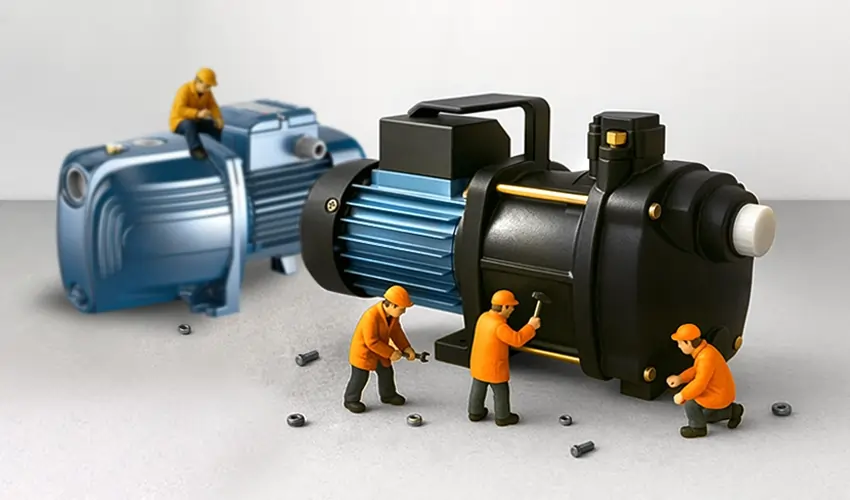

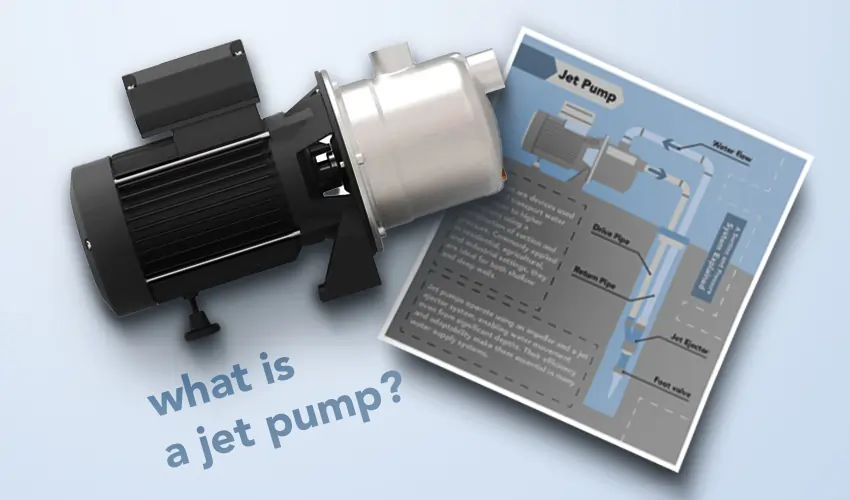
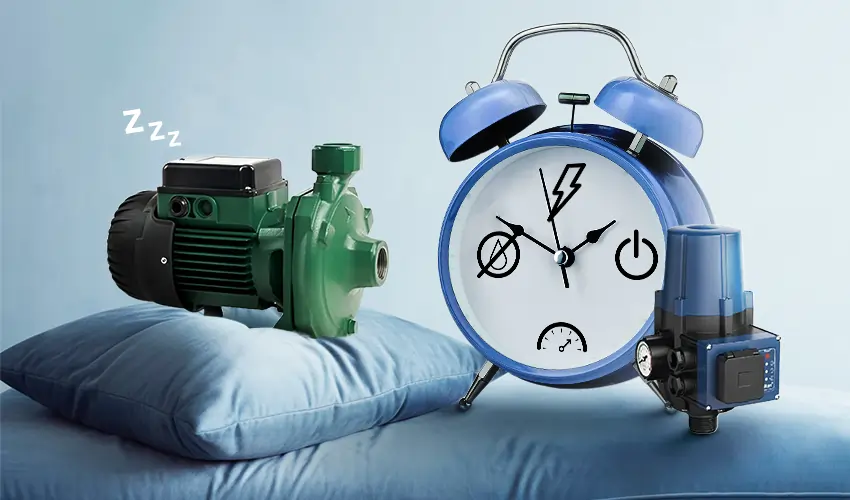
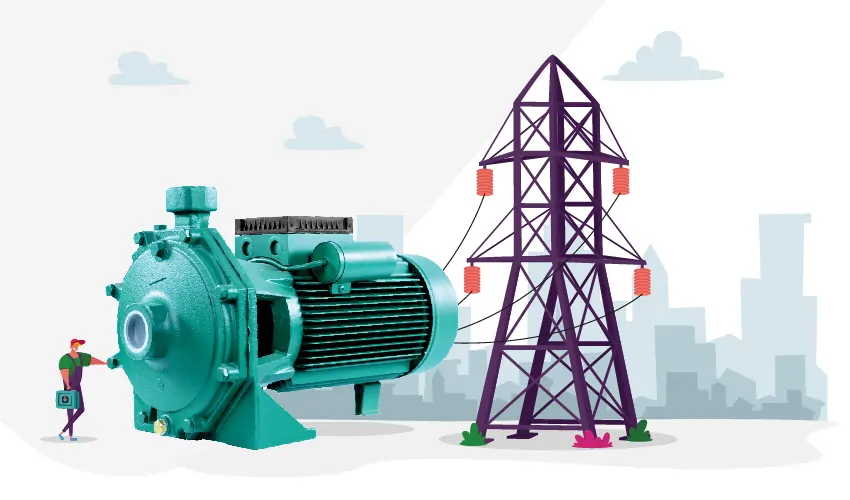


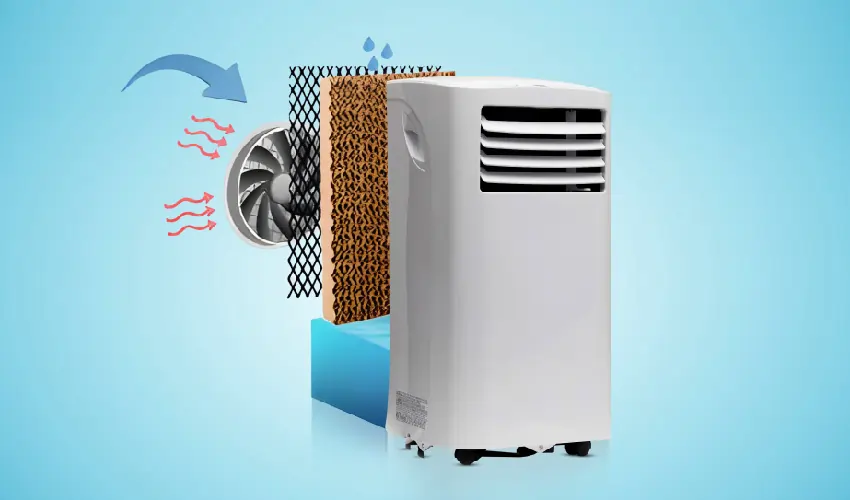
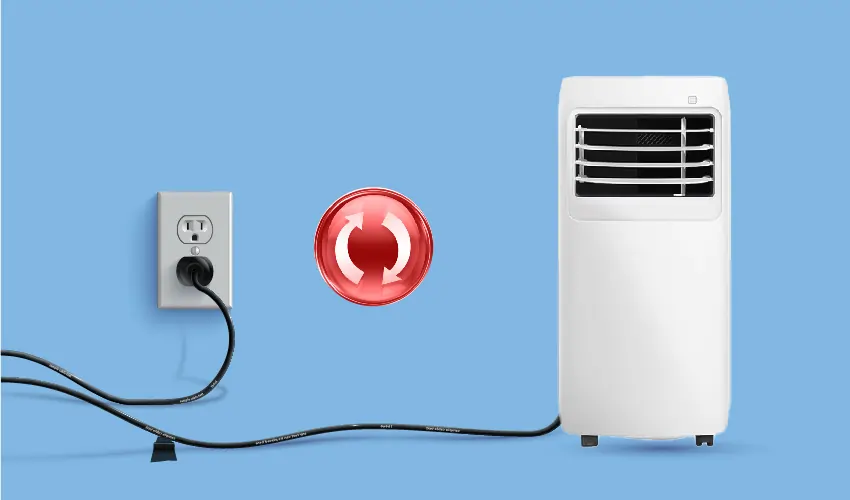
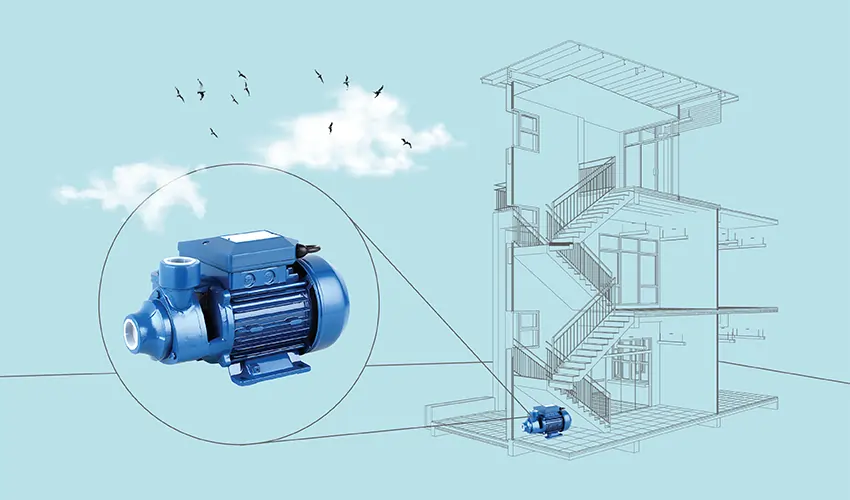
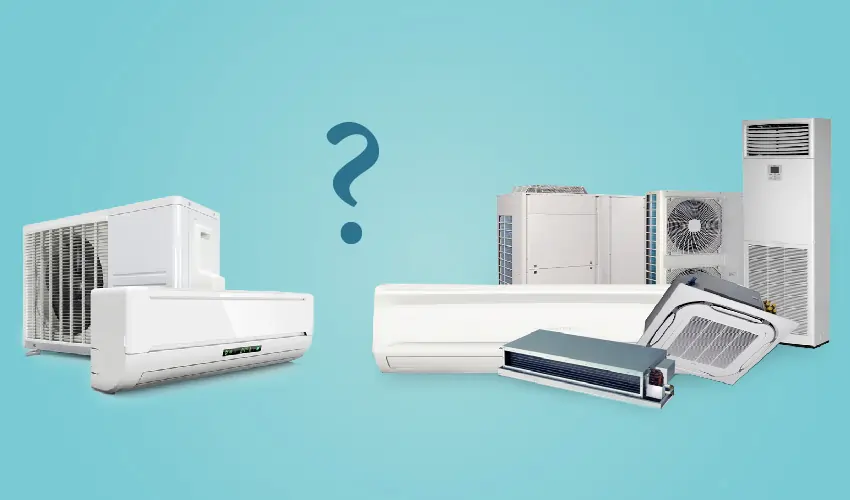

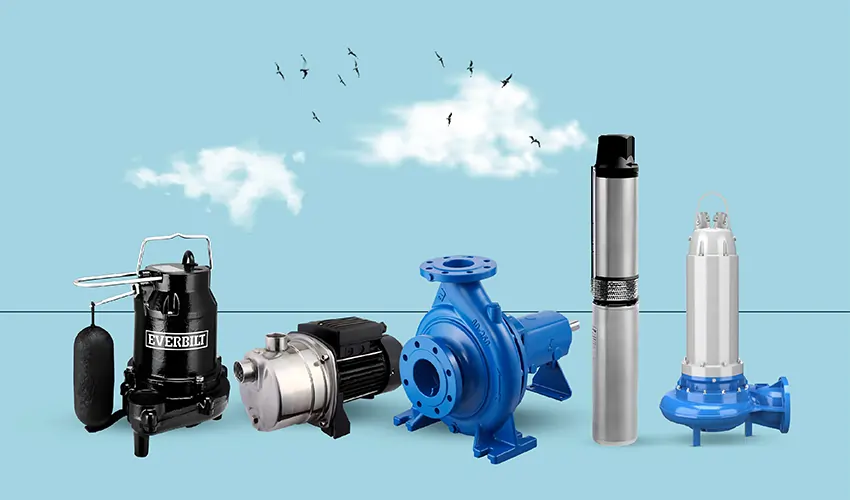
Dear sir,
I met a an automatic pump attached to a 0.5hp surface pump not working,l disconnected it from it electrical source and I use the blower to remove some dirt or mould and water that might have entered the pump and later after I coppuied,it then display a red light on the failure status light indicator on the panel display on the pump, but the surface pump didn’t work until l later connected it directly.
What responsed due you have?
Thanks
From oyewale kehinde.
Dear Oyewale Kehinde,
Our technical engineer will contact you and he will give you some advices to fix the problem.